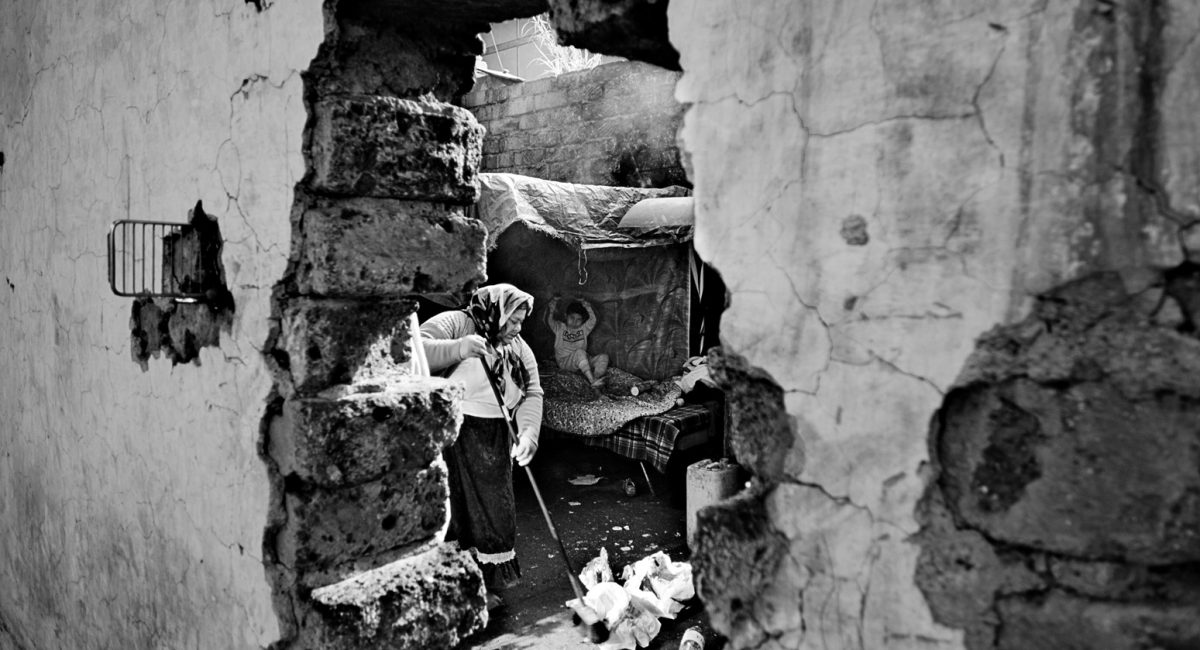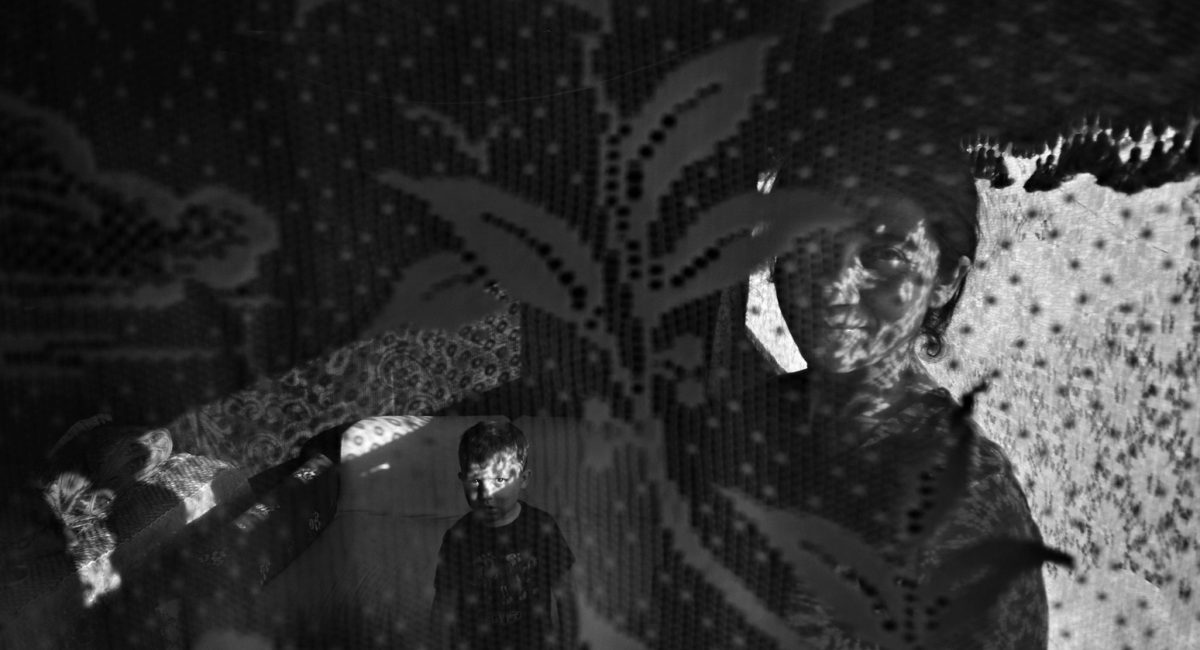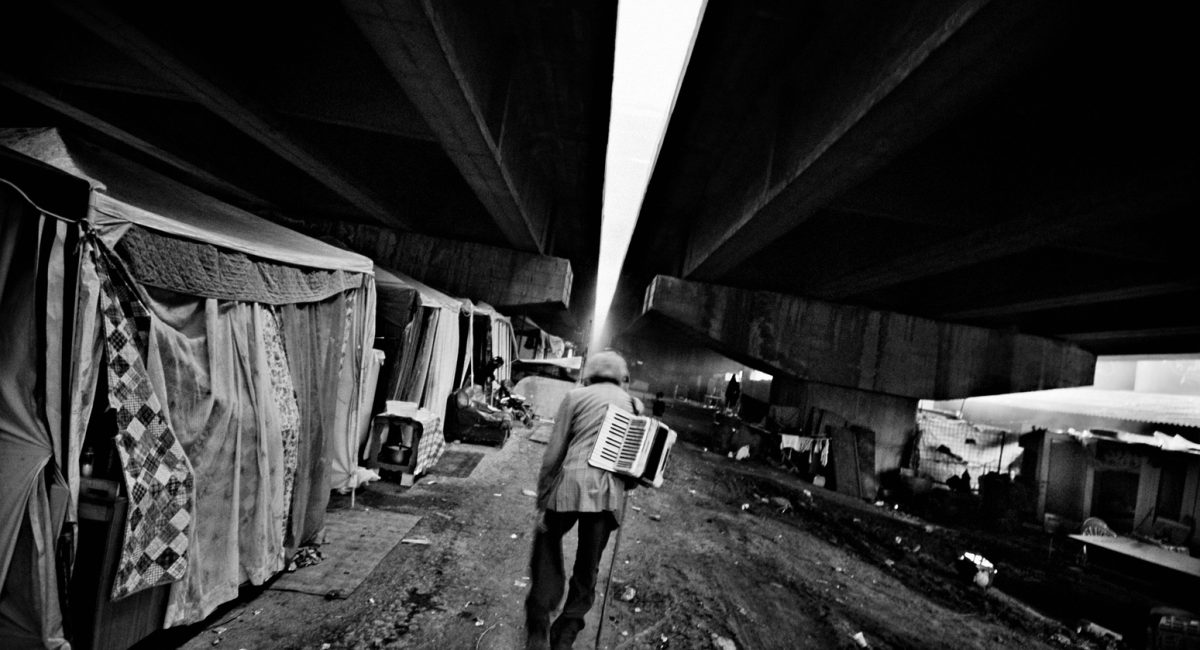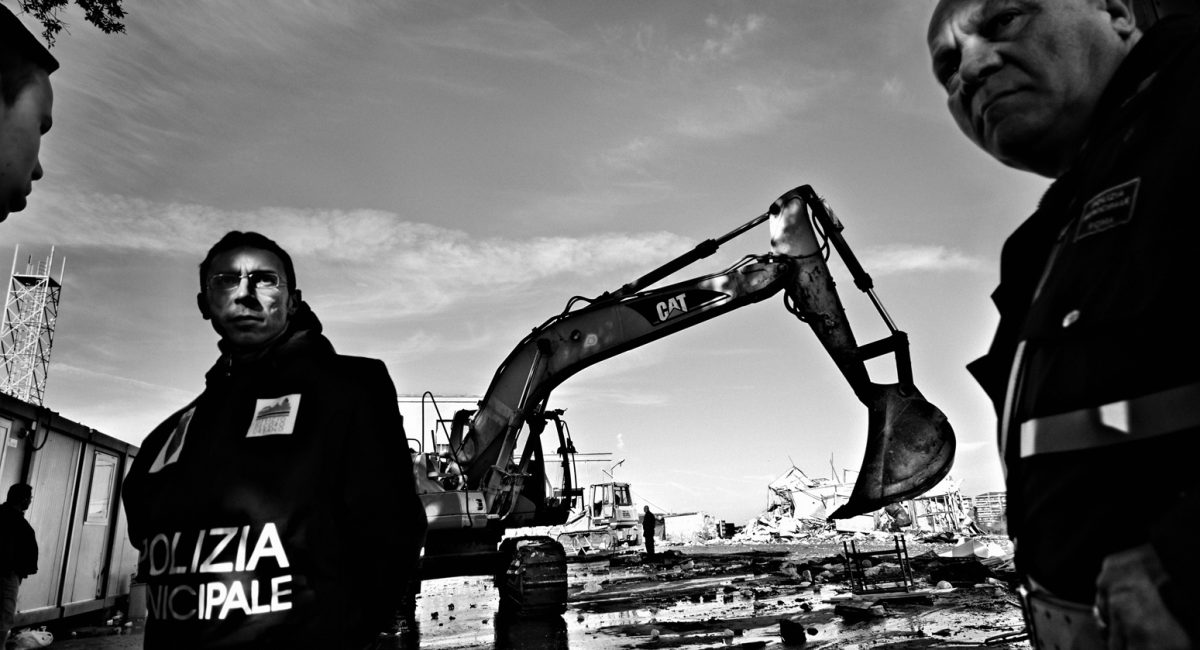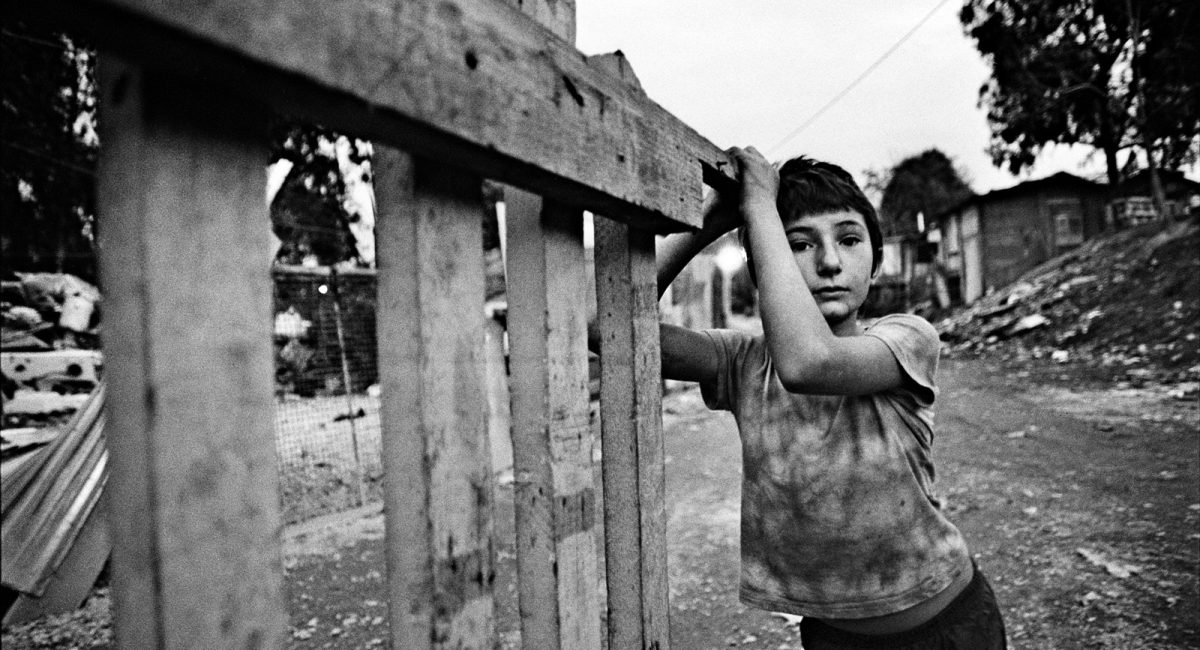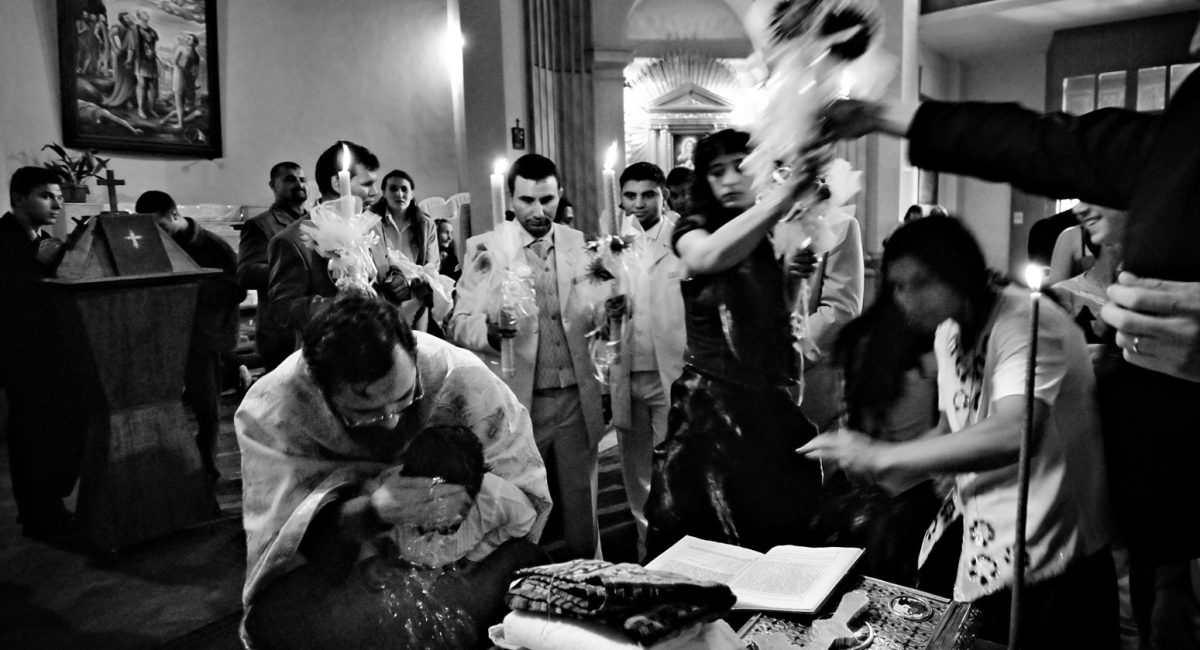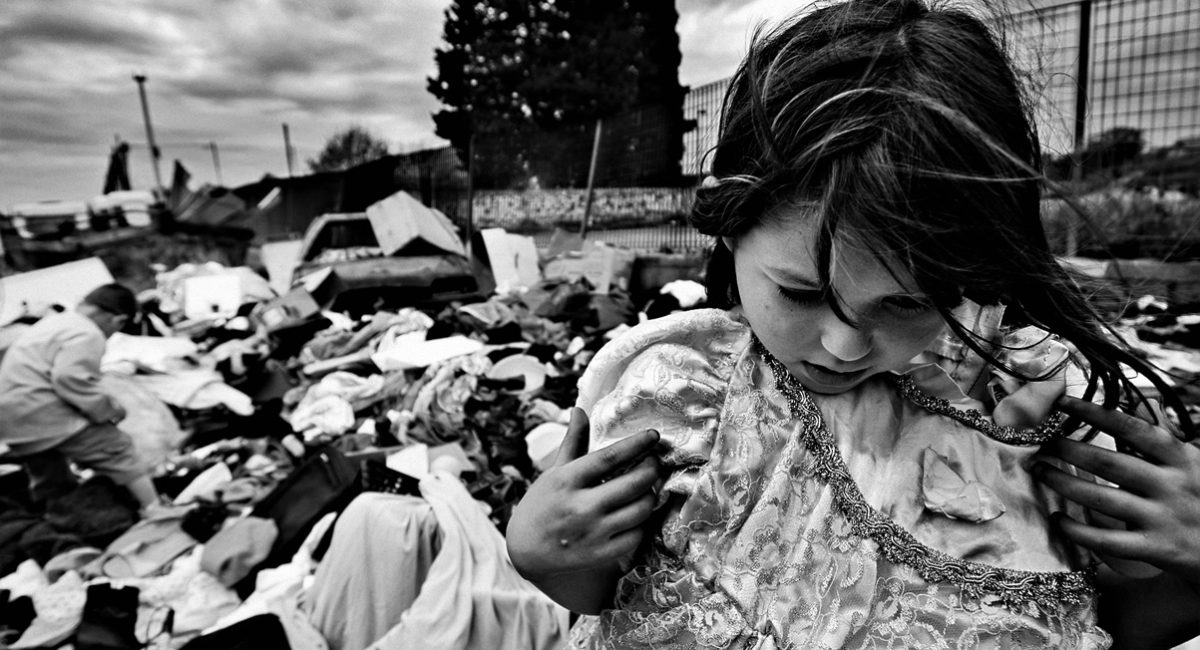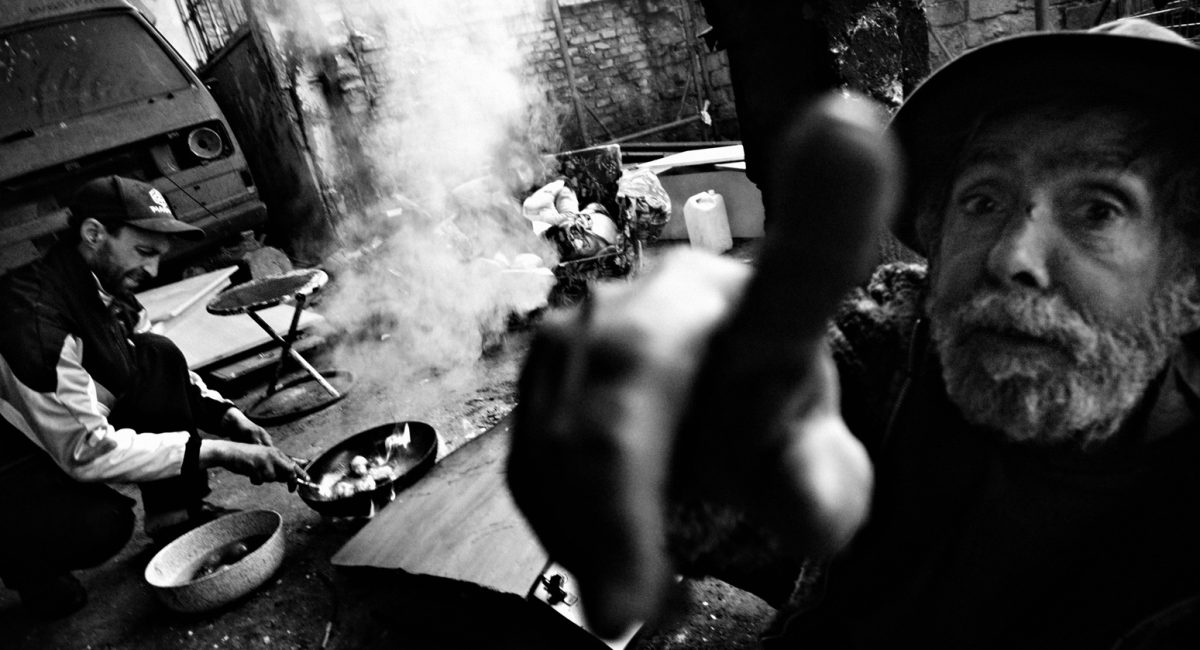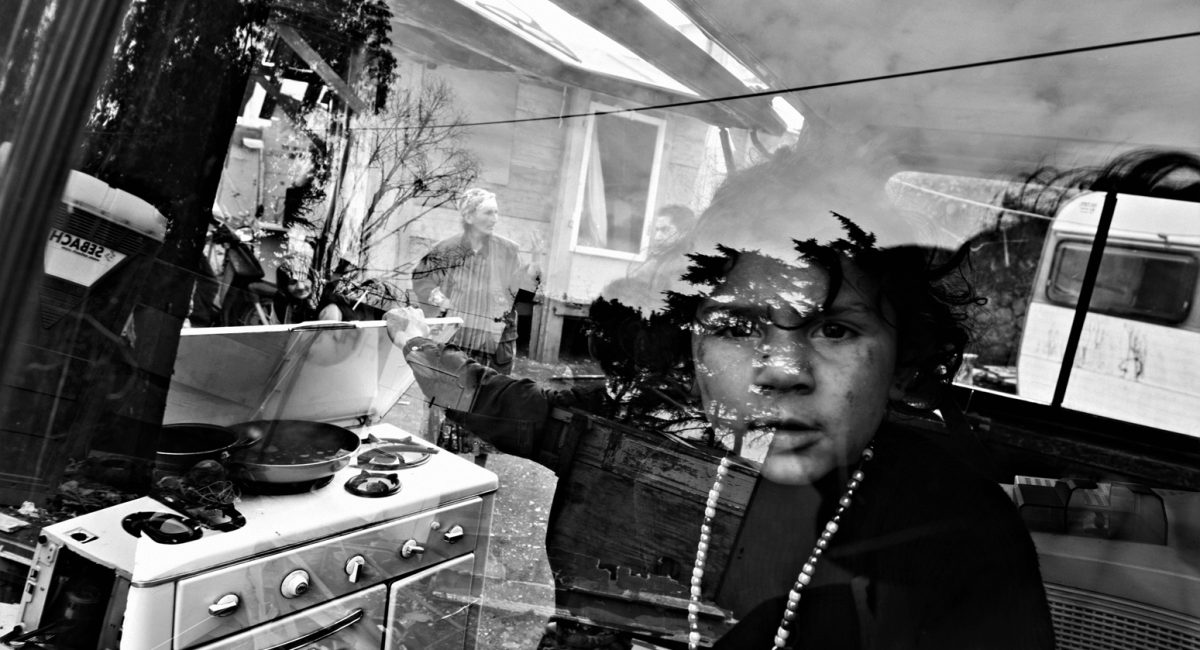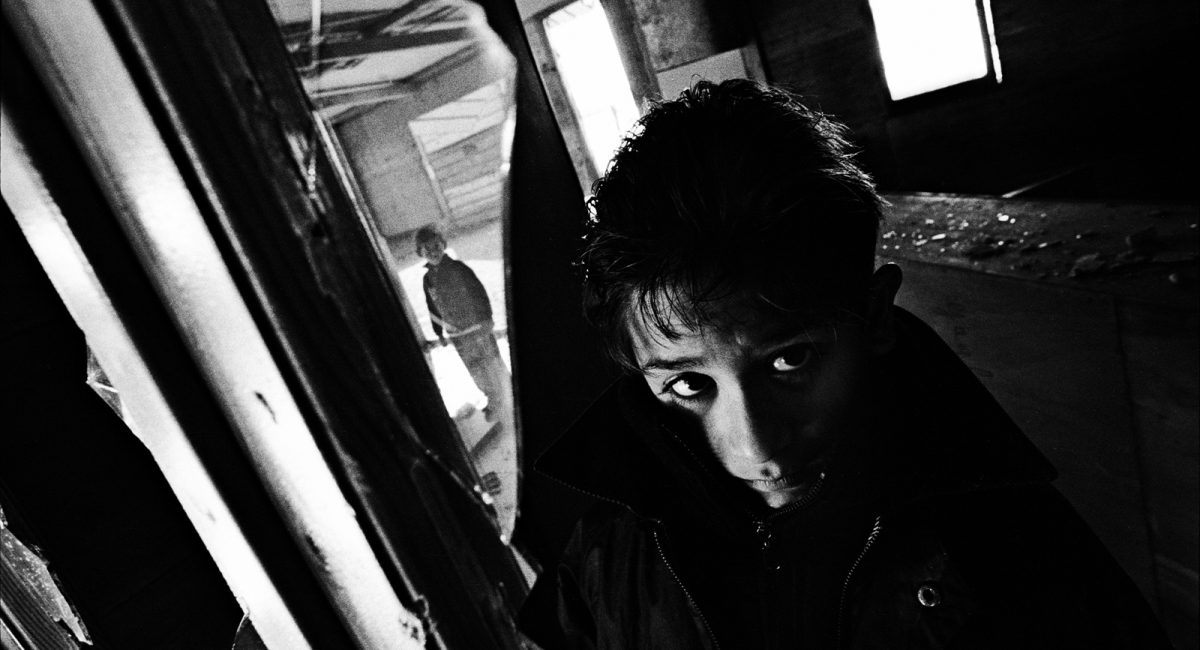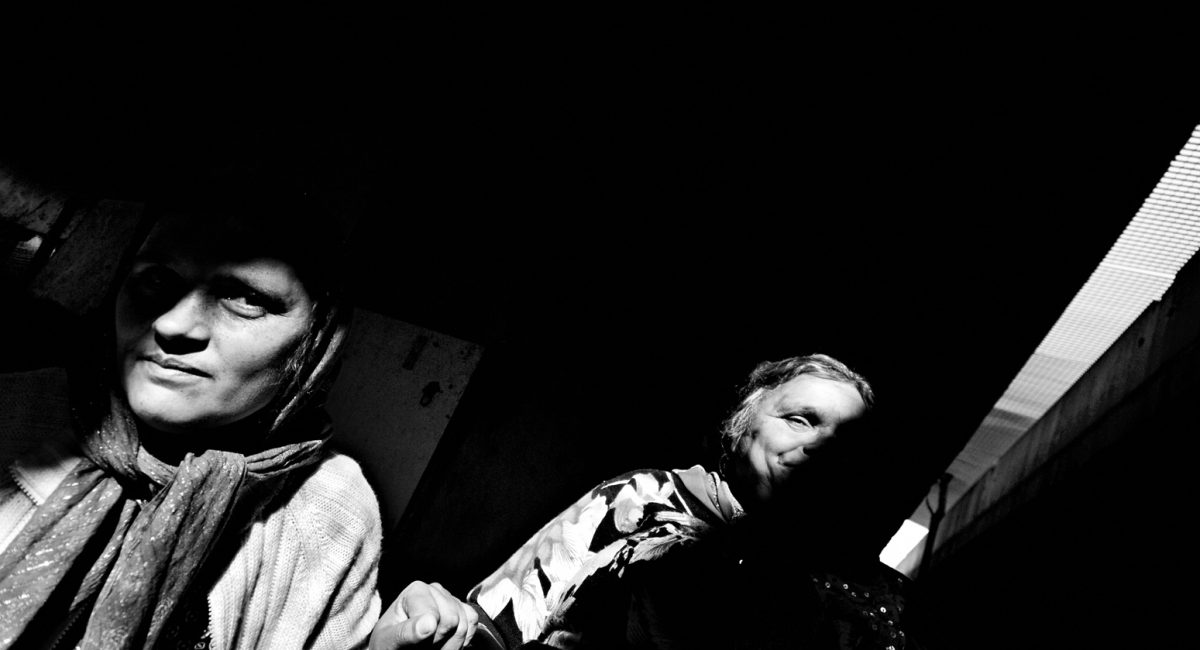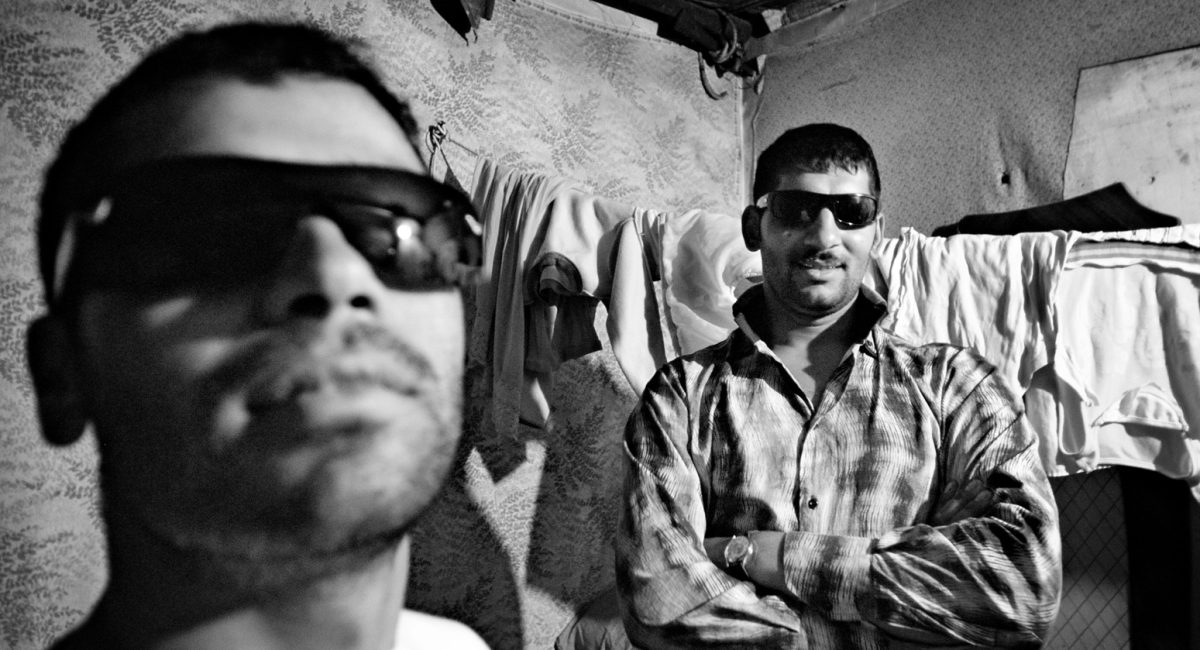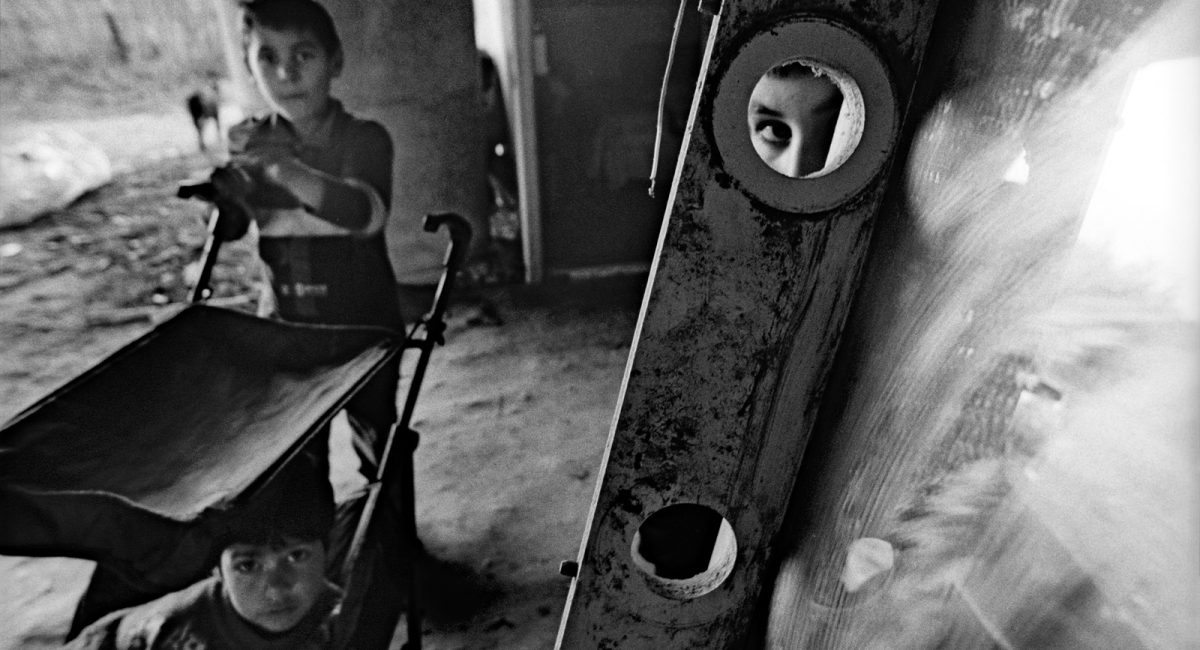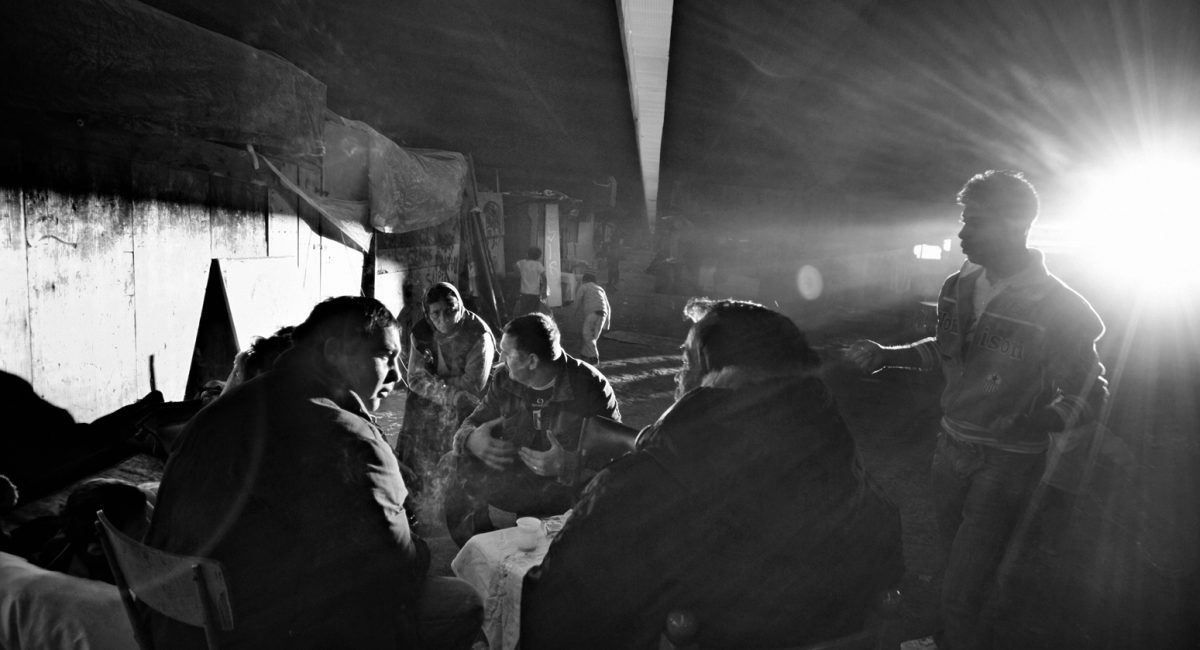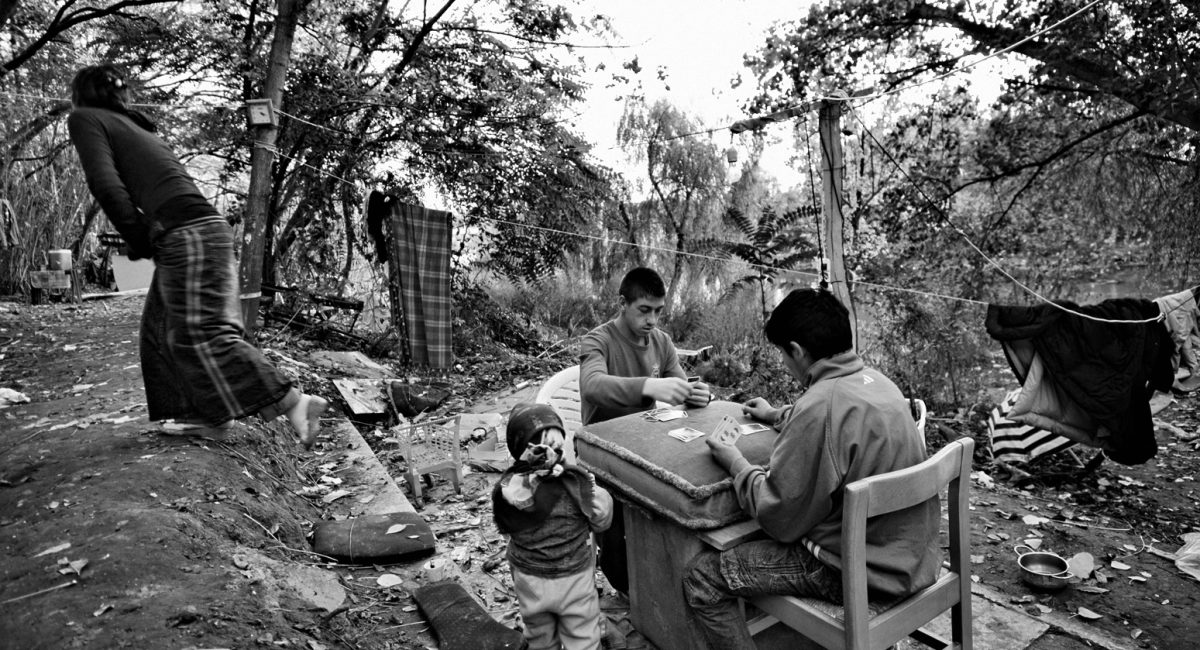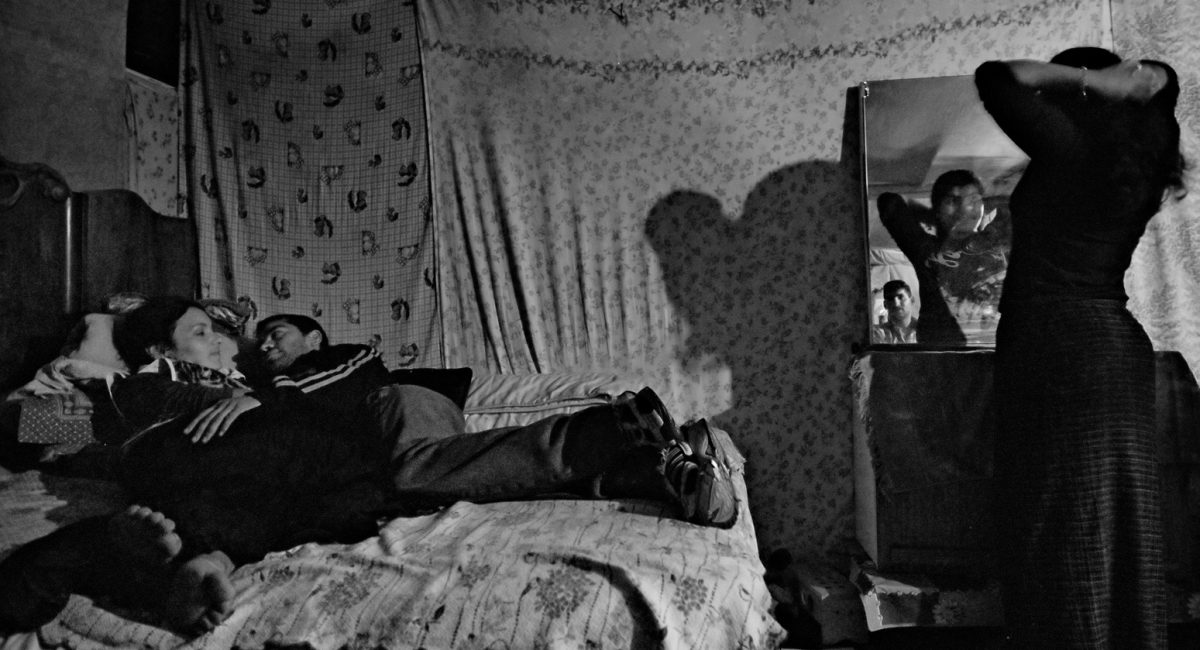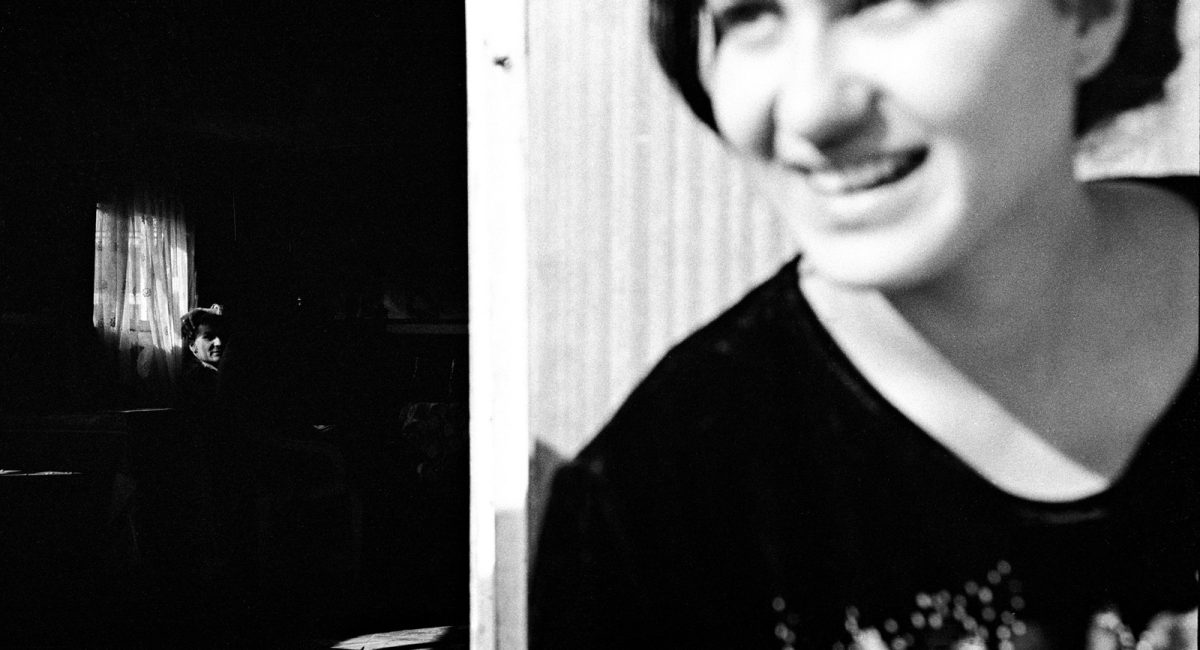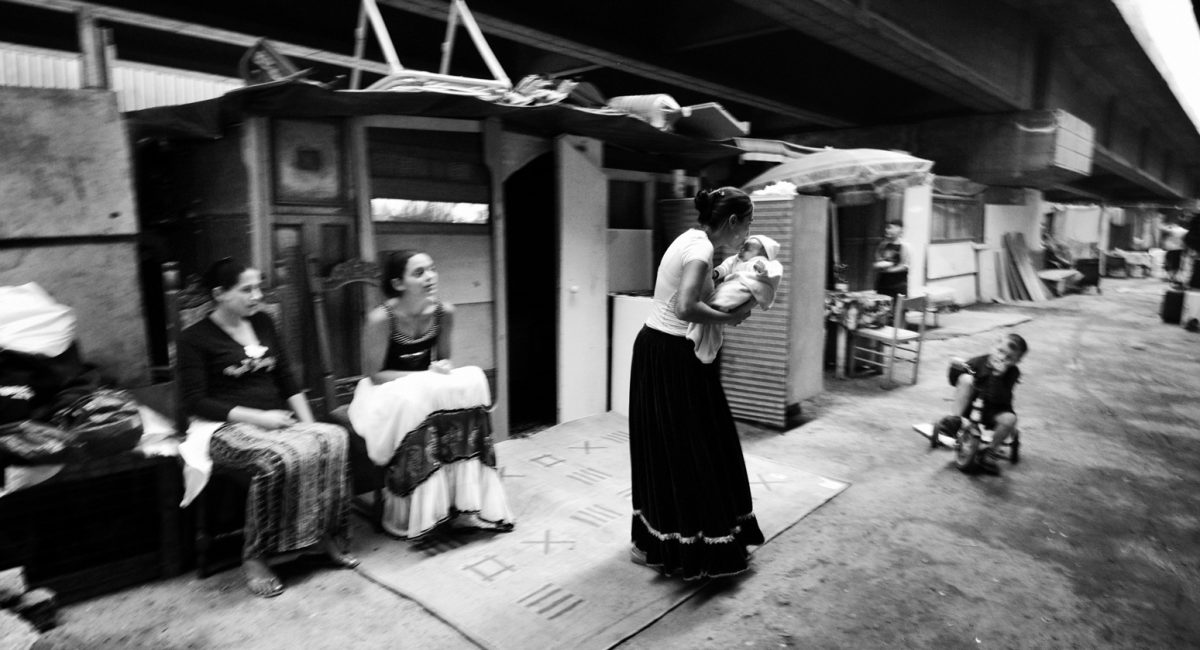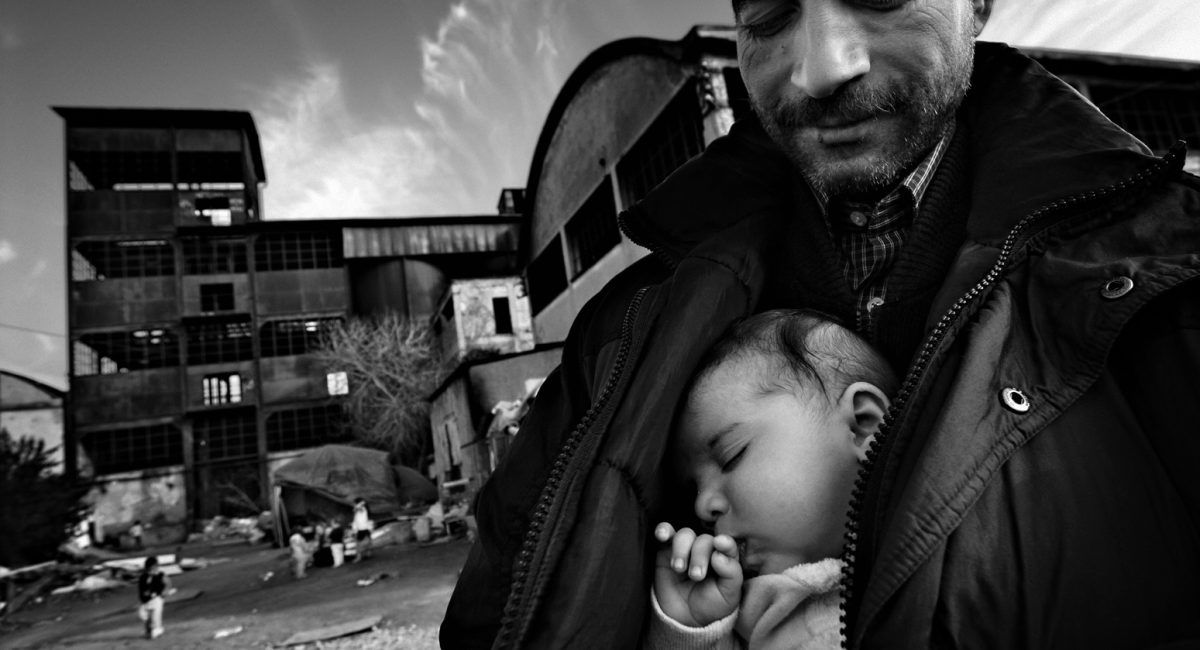New York Times review of " The Roma in Rome" on LENS
New York Times review
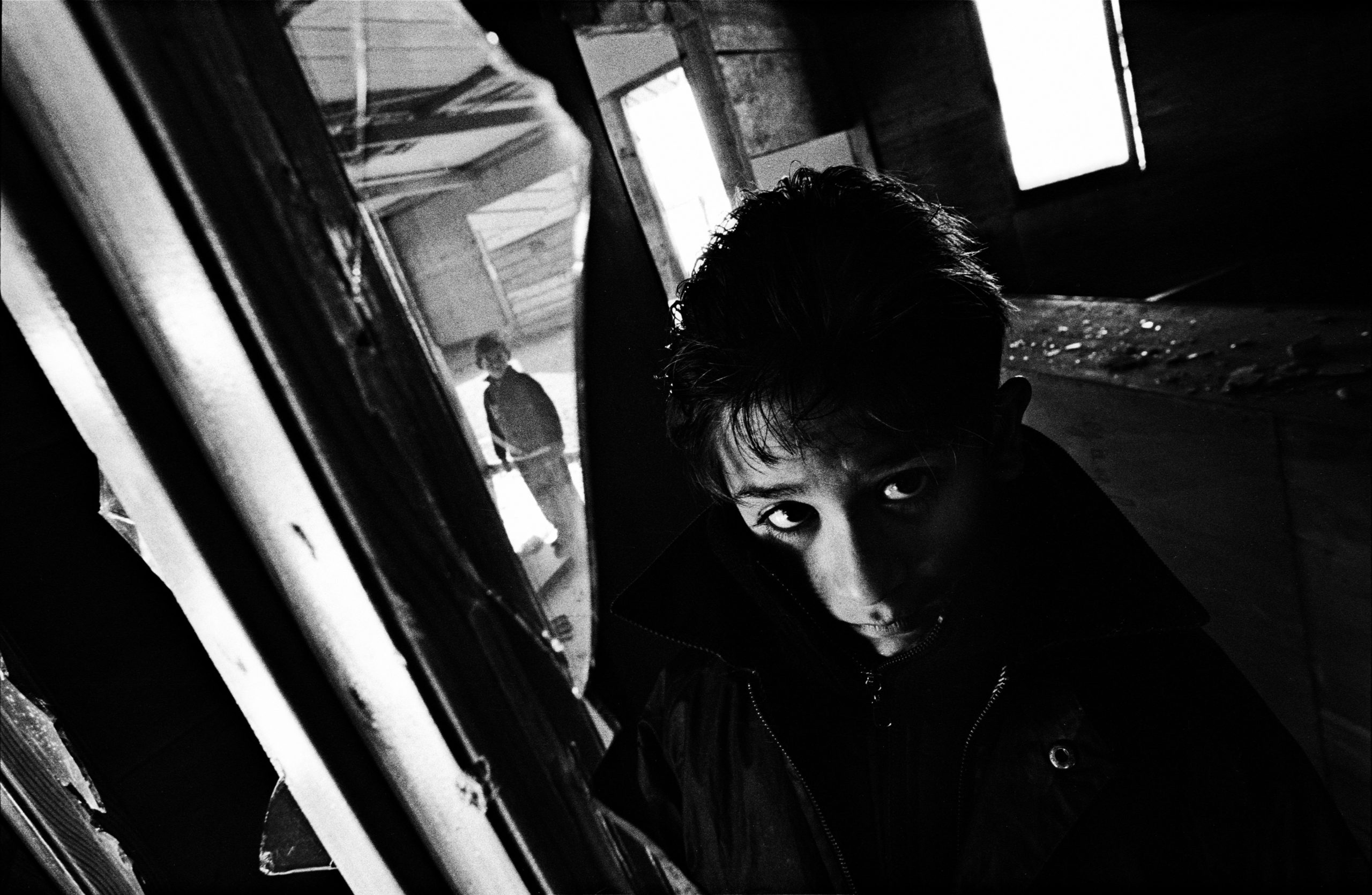
By Marco Baroncini
Here I report the article that James Estrin writes on LENS, the magazine that focuses on photography from the New York Times.
Marco Baroncini didn’t set out to photograph the Roma people. They came to him.
Mr. Baroncini, 37, lives in Rome, and he saw the Roma (also known as Gypsies) everywhere he went, living in poverty and suffering from discrimination. Other Italians did not seem to be paying attention, but he was curious.
“I was amazed at how they live, just around the corner,” Mr. Baroncini said. “Sometimes you can’t imagine how bad someone can be living, so close to you. It’s hard to see children playing in dirty streets among rats. In Rome. It’s very shocking. I wanted to understand why they live like that.”
The Roma population in Rome is estimated at 15,000 to 20,000. Many live in camps with no running water, electricity or sewage disposal. Some of the Roma are Italian citizens, but many are illegal immigrants from the Balkans and Romania who have difficulty getting jobs and few housing choices.
At first, it was difficult to win his subjects’ cooperation. Mr. Baroncini said they were understandably suspicious of his intentions. Every time he photographed in a new camp, he had to earn trust. “I try to convince them that I’m not a policeman or a judge,” he said. “I just want to tell how they live.”
For six years, Mr. Baroncini has been documenting these neighbors of his. “I have an opportunity to shout,” he said, “to tell people what’s happening.”
“They say Italy is the beginning of civilization, that culture was born here. But nowadays, the Roma people are living in inhuman conditions that shouldn’t happen in a civilized place.”
His moody images are complex and layered. While Josef Koudelka‘s iconic black-and-white images of Gypsies would give any photographer pause before tackling the subject, Mr. Baroncini’s photos stand on their own. And deserve respect.
He has published four books in Italy, including one on his work among the Roma, “Figli di un Dio Minore” (“Sons of a Lesser God”). Though he has photographed in the Middle East, South America, Asia and Africa, Mr. Baroncini has always been drawn back to the subject that others pass by: just directly around the corner.”
“Sometimes,” he said, “you don’t have to go so far to find something interesting.”
Here is the link to the article on New York Times LENS
“Every time he photographed in a new camp, he had to earn trust. “I try to convince them that I’m not a policeman or a judge,” he said. “I just want to tell how they live.”.”
